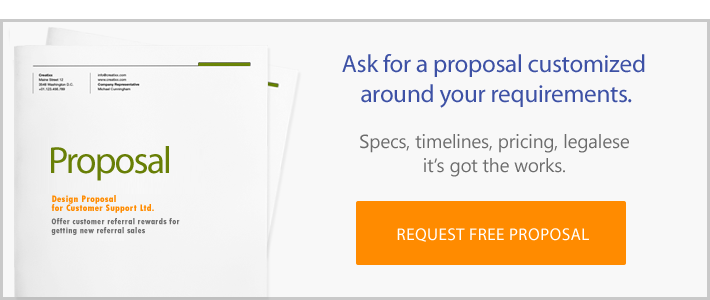There is no sure-shot way of doing a thing, but do the right way; marketing efforts do yield great results. While many brands make quite reasonable marketing efforts, often creating the desired brand image takes a lot of time, usually beyond patience. And it is indeed tough to build a brand image as desired.
How about having a team dedicated to communicating with your prospects, generating referrals, sharing on social media, and increasing brand awareness? Imagine reaching out to prospects beyond your reach and getting your products and offering the visibility you have always wanted. That is what the brand advocacy can do for you.
Brand advocates are a vital and useful resource that can build sales figures and develop trust in communities. And that is what you should target – engage social users and spread brand awareness.
It all begins with identifying and finding the right brand advocates who will take responsibility and create space for you on social media platforms. While most brands team up with influential bloggers and journalists, it is also important to realize every happy customer can be a good source of leads. We are sure you have at least a few inactive customers in your customer base.
Building a strong brand image
Have you ever thought of tapping customers and encouraging them to develop activities? By setting goals for them to pursue, these dormant or inactive customers will show growth in interest and participate actively.
Focus on generating customer excitement. Happy customers motivate others easily. They quickly generate interest and develop trust. People tend to take action on recommendations from influential people, family, and friends. That is why brands ask celebrities to endorse their products.
Referred leads show a high conversion percentage. There is a certain amount of trust that leads have already vested in them, so the threshold is low, and it becomes considerably easy to convert them into sales.
Brand advocacy also results in developing product awareness. You can provide them insights into upcoming products and events with them and ask to share them with fans, friends, and family in their network.
By developing positive product reviews and even by sharing others’ thoughts and testimonials on popular social platforms, such as Facebook, Twitter, and LinkedIn, advocates can create demand for your products. A lot depends on how well your prospects gel with them. A good advocate-follower relationship is most likely to generate success for your brand.
But often, recruiting the right advocates isn’t enough. It is vital to orient advocates properly before you make them hit social media to promote your brand. They may not necessarily talk about your brand all the time. Ask them to mix up topics.
You can encourage them to anticipate community expectations and initiate a discussion that is indirectly related to what you have to offer. Once they have gained attention as a topic expert, it becomes easy to guide user behavior. Also, with your advocates talking about you all the time, users may feel compelled to believe they are your brand representatives hard-selling your products: not what any brand would want.
Know reasons to rely on advocacy software
All said and done; there’s a lot of back-end activity responsible for success. A brand advocacy program will deliver results only when engagement and performance can be tracked. A smart brand advocacy software features and functionalities can help monitor advocate activity. It can offer profound insights into messages, offers, and rewards that generate good results. Using rich insights in reports, brand managers can optimize program performance and build user activity.
And then, there are NextBee’s rewards and recognition. Include these in your program. Your brand advocates are humans. Many times, a simple ‘Thank You’ message will work wonders to motivate them. While you can send them simple notes initially, with time, it becomes tough to keep track of advocates as their number grows.
A brand advocacy software will automate emails and messages, taking the considerable workload off-brand managers and HRs’ shoulders. Isn’t that precisely what you want?















